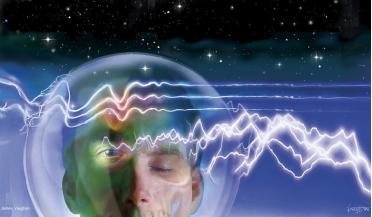 May 2024
Beyond Earth’s magnetic field
May 2024
Beyond Earth’s magnetic field
..., hypomagnetic conditions may increase the impact of spaceflight factors and create additional risks to the health of space exploration crews in the future. Hypomagnetic fields are ‘near-zero magnetic fields’ and are known to impact biological...
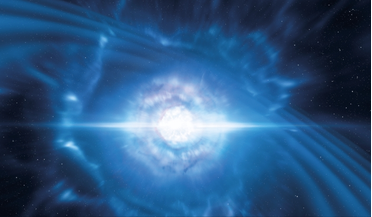 November 2019
Space kaleidoscope - towards a genuine multi-messenger exploration
November 2019
Space kaleidoscope - towards a genuine multi-messenger exploration
... the cultural norms we cultivate on Earth will ultimately be carried into space and that inclusivity is an imperative for innovative space exploration. Outer space is recognised as an environment, a tool and idea — a kaleidoscope for viewing humanity...
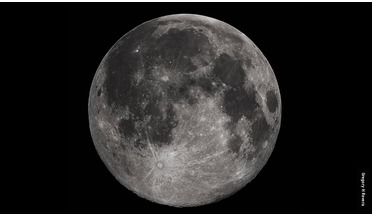 November 2021
The philosophy of space missions today
November 2021
The philosophy of space missions today
... can be identified here. One is the justification for scientific space exploration in the context of challenges on Earth. An opponent of investment in space exploration, even scientific exploration, might say that the people and resources devoted...
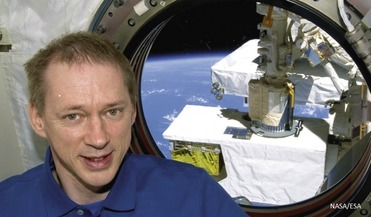 January 2022
International cooperation - the key to survival on Earth and in space
January 2022
International cooperation - the key to survival on Earth and in space
...he chaired the technical committee of the second EU-ESA Space Exploration Conference in Brussels in 2010. Frank became Head of...are the most significant events in the recent history of space exploration? We have to understand that we have only one ...
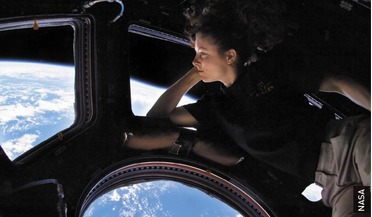 January 2022
Earth - no longer humanity’s only home
January 2022
Earth - no longer humanity’s only home
... bringing together the best of what we are capable of as humanity. Today, many have a tendency to think of space exploration in terms of one thing or another. Humans or robots? National or international? Commercial or government? Earth orbit or deep...
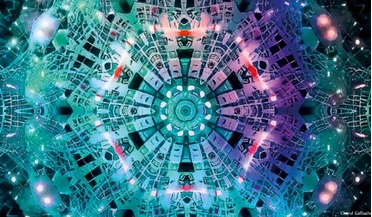 January 2023
Evolving human space culture – reflections on humanity’s cultural potential in space
January 2023
Evolving human space culture – reflections on humanity’s cultural potential in space
...globally based task forces. On a cultural and artistic basis, he wonders about the effects of art and culture on space exploration, the influences of creativity and imagination which have carried us this far in creating a new safe, sustainable living...